There are several different types of tennis courts. From clay to hard and from grass to carpet. How are tennis courts made?
How Are Tennis Courts Made?
Before we get into how tennis courts are made, let’s have a look at what surfaces are used at the most important tournaments in the tennis calendar – the majors.
The 4 Major surfaces
The four major tournaments are currently played on four different surfaces, but some of these have changed throughout the years.
From the first edition of the Australian Open, in 1905 to 1987, the tournament was played on grass courts.
From 1988 onwards, the tournament changed to hard courts. Since then, there have been many variations of this surface.
The green, rubber-based Rebound Ace was the first hard-court surface to be used before being replaced by the blue, acrylic Plexicushion court in 2008.
The surface was altered again in 2020 when a new Greenset acrylic court was installed.
Roland Garros, otherwise known as the French Open, was initially played on sand from 1891 to 1907.
It was then replaced by red clay, which is still used to this day in Paris and throughout many tennis tournaments and clubs in Europe.
Grass used to rule
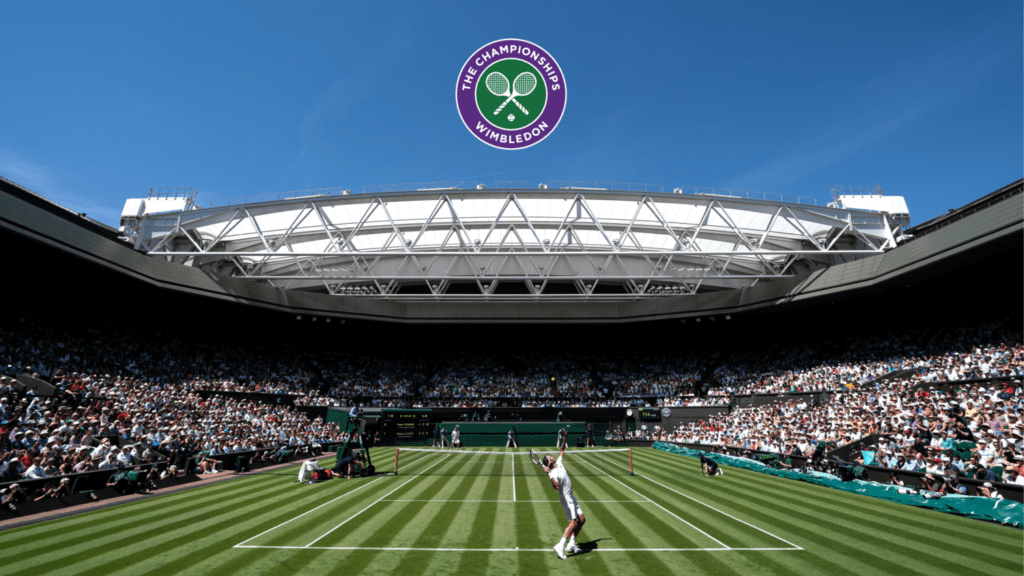
Wimbledon is the oldest lawn tennis tournament in the world and has been played on grass since the event’s inception in 1877. Although the surface has stayed the same, the quality of the laying of the grass has undoubtedly improved in its 135 year history.
At the end of the Wimbledon Championships, the grass courts are stripped before being re-sown, ready for the following year’s tournament.
The US Open is the year’s final major and has been played on hard courts since 1978. However, grass was the original surface used from 1881 to 1974. It was then replaced by clay briefly from 1975 to 1977.
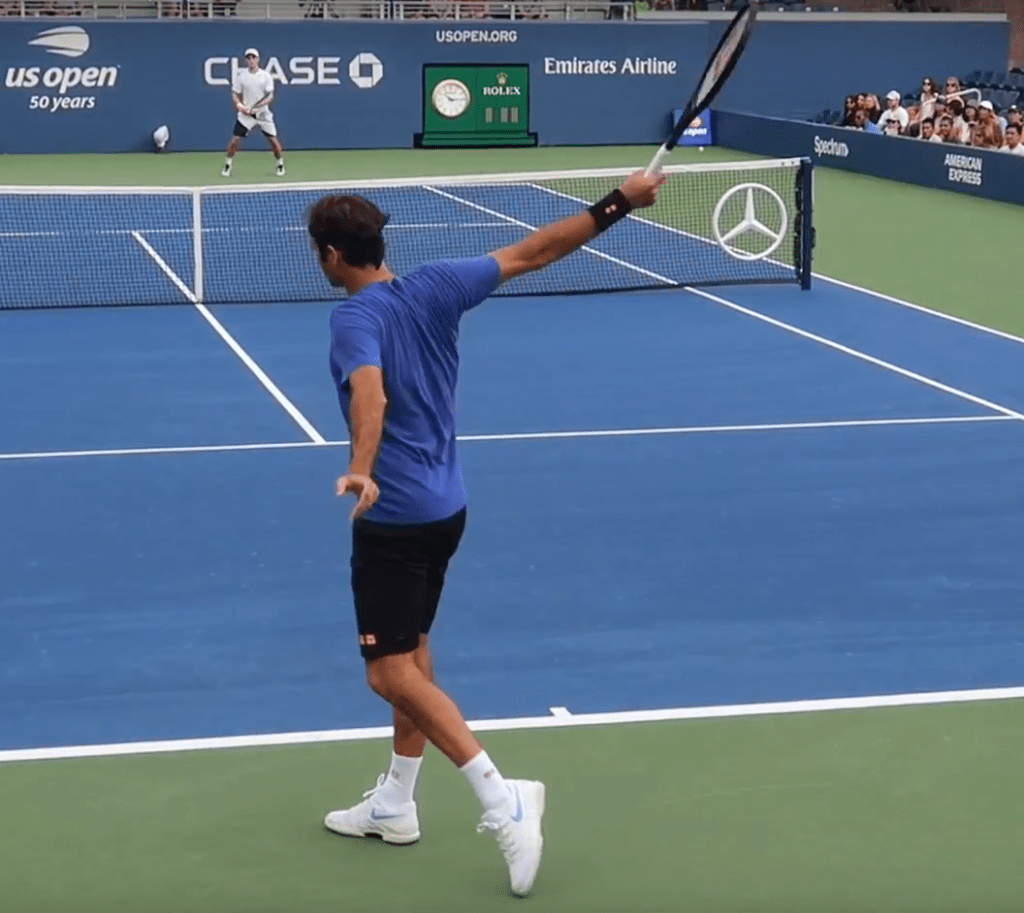
The US Open used the acrylic-based DecoTurf surface from 1978 to 2019. In 2020, Laykold created a new, updated, acrylic surface for the tournament in Flushing Meadows to improve the consistency and overall playability of the courts.
Different types of tennis courts and how they are made
Acrylic courts
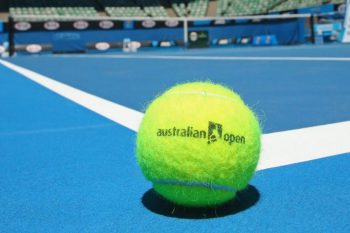
Acrylic courts are one of the most used surfaces in the world. There are a wide variety of acrylic courts, some of which play faster than others and some which are higher bouncing. However, they are generally faster than clay courts but slower than grass.
Many tournaments on the ATP and WTA tour chose the surface as it’s exceptionally durable, requires relatively low maintenance and can be used for indoor or outdoor tennis courts.
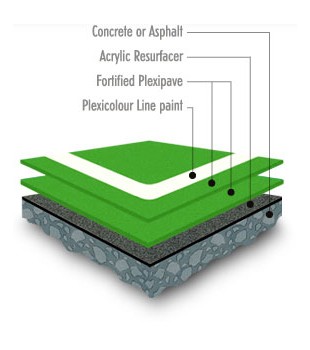
The base layer of acrylic courts is normally made out of asphalt or concrete. A layer of acrylic resin adhesive is then applied on top of the concrete to seal the surface and cushion the court. This also prevents the courts from rain damage and gives the court some flex, making it a more comfortable hard court for tennis players to play on.
Clay courts
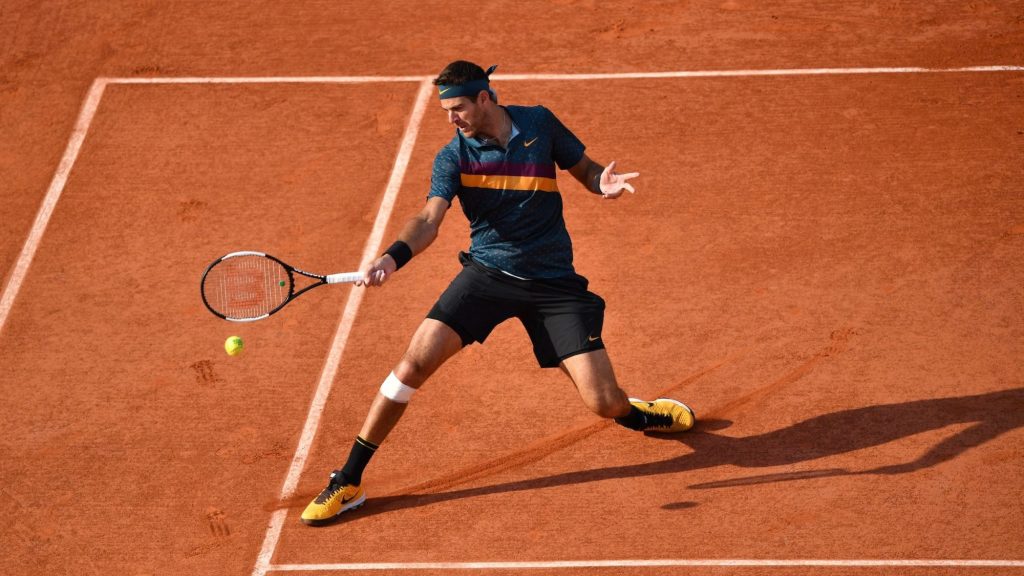
Clay courts are arguably the most popular surface in Europe. The surface is significantly slower than hard and grass courts because of the loose, textured materials used to make the court. Clay courts are the slowest surface but the highest bouncing. Although most clay courts are constructed outdoors, they can also be laid indoors.
The most common type of clay courts is red clay, which is generally made up of crushed brick and other materials such as stone, gravel and shale.
First, the crushed stone, gravel and shale composite are laid and are then flattened for a smooth textured surface. A thick layer of crushed brick is then added to the top of the surface before being flattened. Finally, a layer of finely crushed red brick is thrown over the surface to create the distinctive red colour of a clay court.
Clay courts are relatively low cost to install but need to be maintained regularly. The clay moves as players slide on the court, creating an uneven surface. Thus, the surface needs to be brushed with a sweeper or brush to make sure the top layer of crushed brick is evenly distributed on the court. The courts also need to be watered to help extend the durability and lifespan of the clay.
Grass courts
Grass courts are unequivocally associated with the major tournament, Wimbledon.
On the ATP and WTA tour, the grass-court season is very short, with only a handful of tournaments hosting grass-court events leading up to Wimbledon.
It’s the fastest and lowest bouncing surface in tennis.
There are two ways to lay grass-courts. Grass can be sown on the soil to create turf before being cut into strips and then rolled onto a flat, hard soil surface. This is the quickest way, but it can be costly and if the turf is not perfectly flattened, it could create uneven bumps on the surface.
Another way to lay a grass court is to seed grass directly onto the soil of the court. This is much cheaper, and the surface will be more even, but the grass will take longer to grow.
A roller is used to firm the surface and even out any bump in the grass. Due to the nature of grass, the surface is arguably the most expensive to maintain, so it’s not surprising they are less common.
The courts must also be mowed regularly to ensure the grass length remains short. As grass absorbs water, the courts can get wet very quickly, so they are unplayable when it rains.
TN: You can check out my video and post about playing on grass.
Other surfaces
Synthetic surfaces, such as carpet and synthetic grass, are popular in many clubs around the world. They can be used as cheaper alternatives for grass courts or as an all-round playing surface.
Carpet courts are generally built and used as an indoor surface, whereas synthetic grass is commonly used outdoors.
Tarmac is another popular outdoor court surface and is made from tarmacadam, which is tar, sand, and broken stone. Tarmac courts are great all-weather courts as they’re porous so they can drain rainwater efficiently.
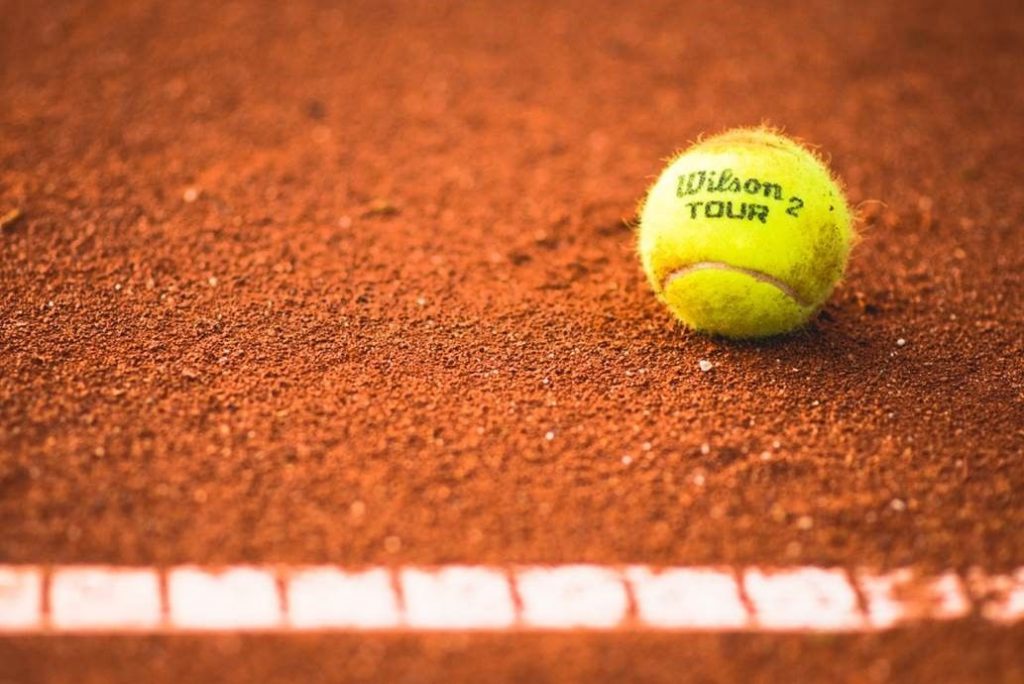



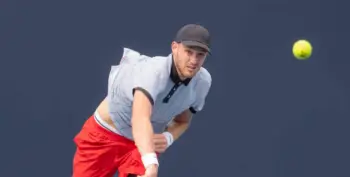
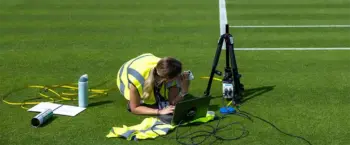

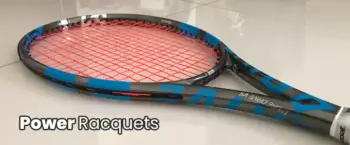
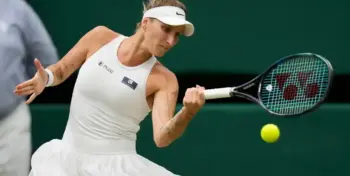
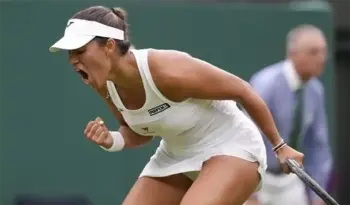
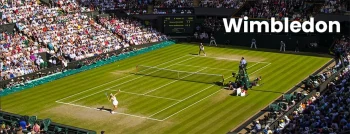





may I have a clear cross-section of the clay and sand court, how it’s constructed